Monferrato, a land of hills dotted with medieval villages and vineyards stretching as far as the eye can see, is much more than just a tourist destination. Declared a World Heritage Site by UNESCO, this corner of Piedmont preserves an authentic soul made up of centuries-old traditions, genuine flavours, landscapes and traditions that make up a unique cultural heritage.
Here, every step tells a story. From the castles that dominate the valleys to the wineries, Monferrato invites you on a slow journey to discover a beauty that lives in the attention to detail and the warmth of the local welcome.
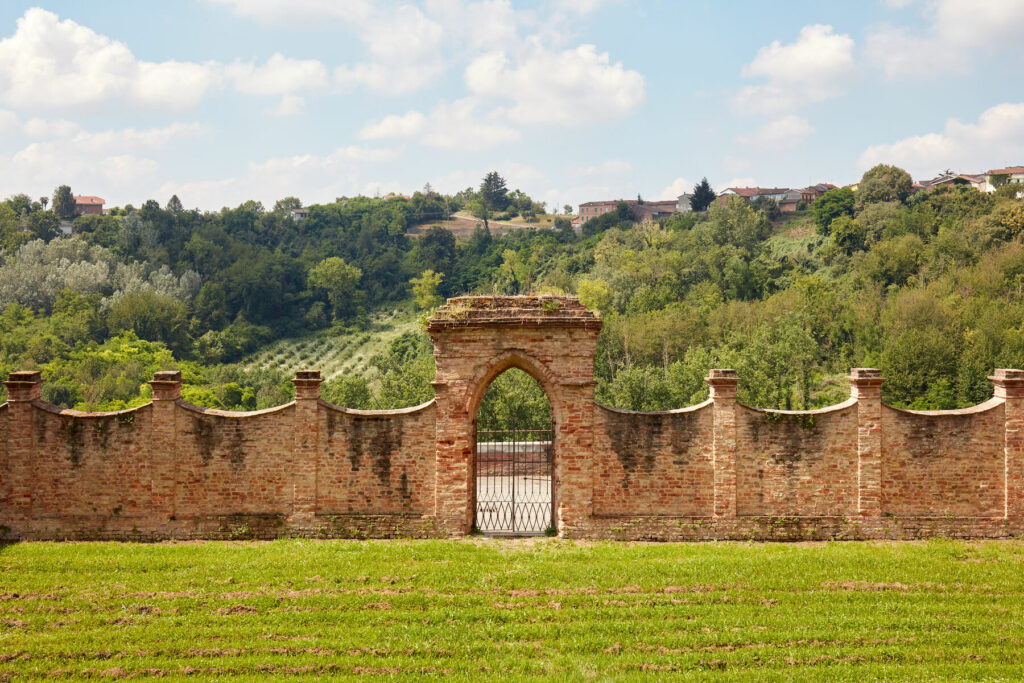
And it is here that “Panorama Monferrato” will be held, the fourth edition of a wide-ranging exhibition organised by ITALICS (an institutional network that brings together around 70 ancient, modern and contemporary art institutions). It involves 16 venues, 4 countries, 63 artists and 62 galleries, linking art, architecture, antiquity and contemporary art with the territory and its communities. The aim is therefore to create an active and constant dialogue with the territory, its institutions and its inhabitants.
The project, curated by Carlo Falciani, is set among vineyards, castles and parish churches in the villages of Camagna, Vignale, Montemagno and Castagnole. It creates a story that has never been told before, in an itinerary that leads to the discovery of an extraordinary corner of Italy.
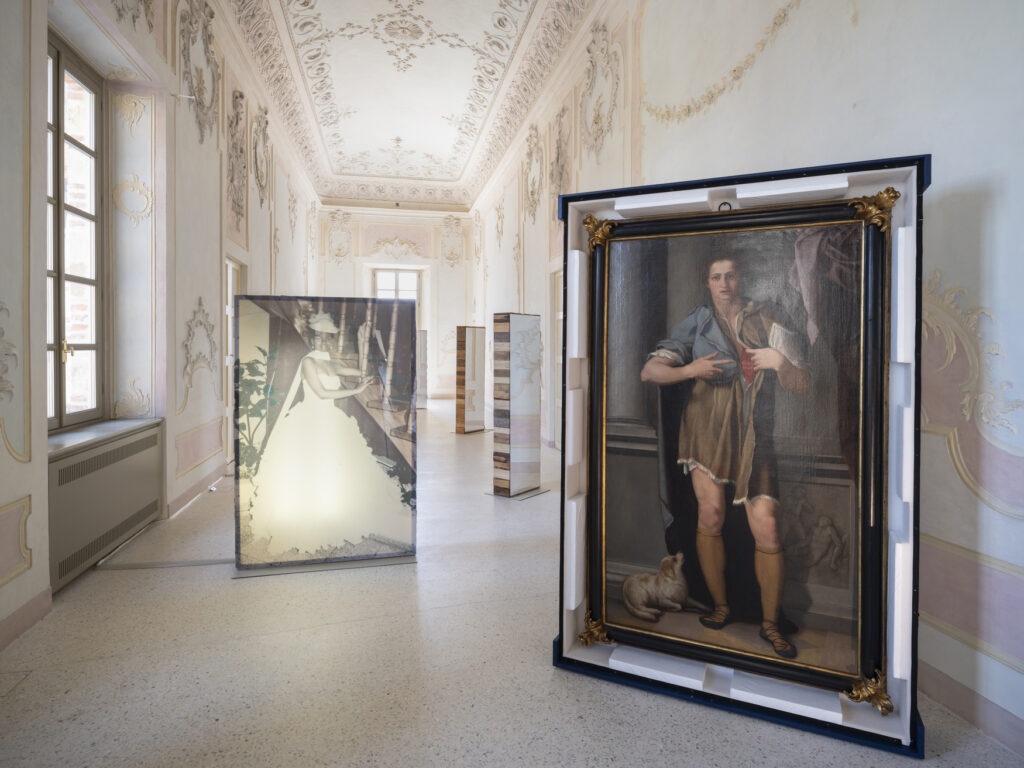
Panorama Monferrato: the project
The exhibition project for the 2024 edition is inspired by the principles of “La civil conversazione”, a text written by Stefano Guazzo and published in 1574. Panorama Monferrato thus becomes a journey to be taken slowly, a metaphor for the path of meditation that develops different and transversal themes in each village.
In Camagna, “Work and Roots” focuses on the dual soul, agricultural and industrial, of many places like Monferrato, which have undergone even more drastic changes over time. “Portrait and Identity”, in Vignale, develops portraiture as a way of expressing in history the identity of a person or a community, representing their thoughts and aspirations.
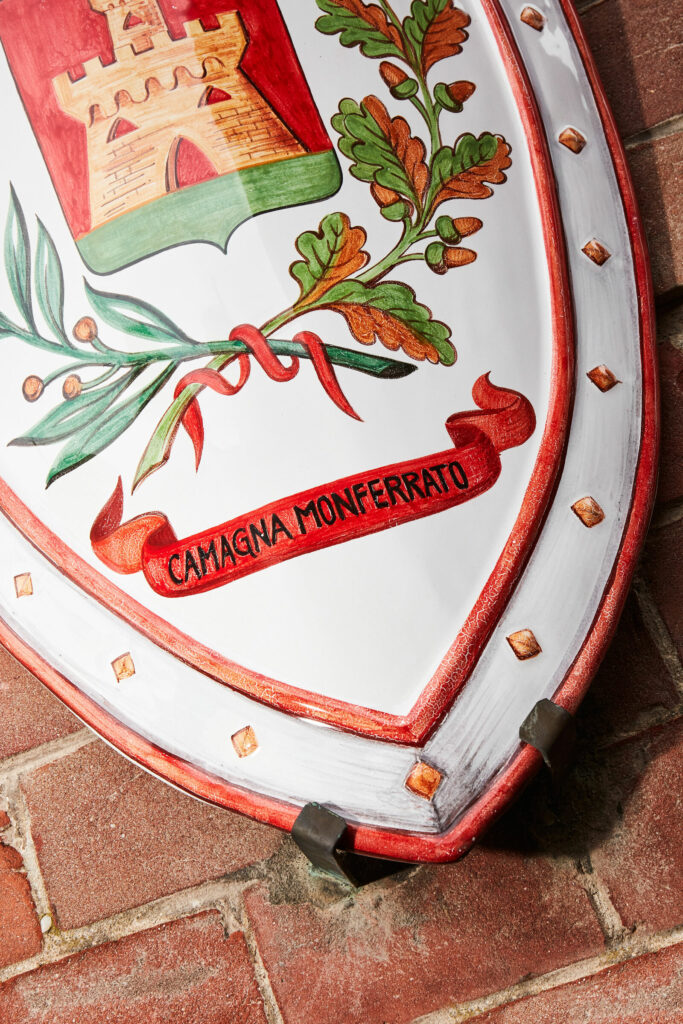
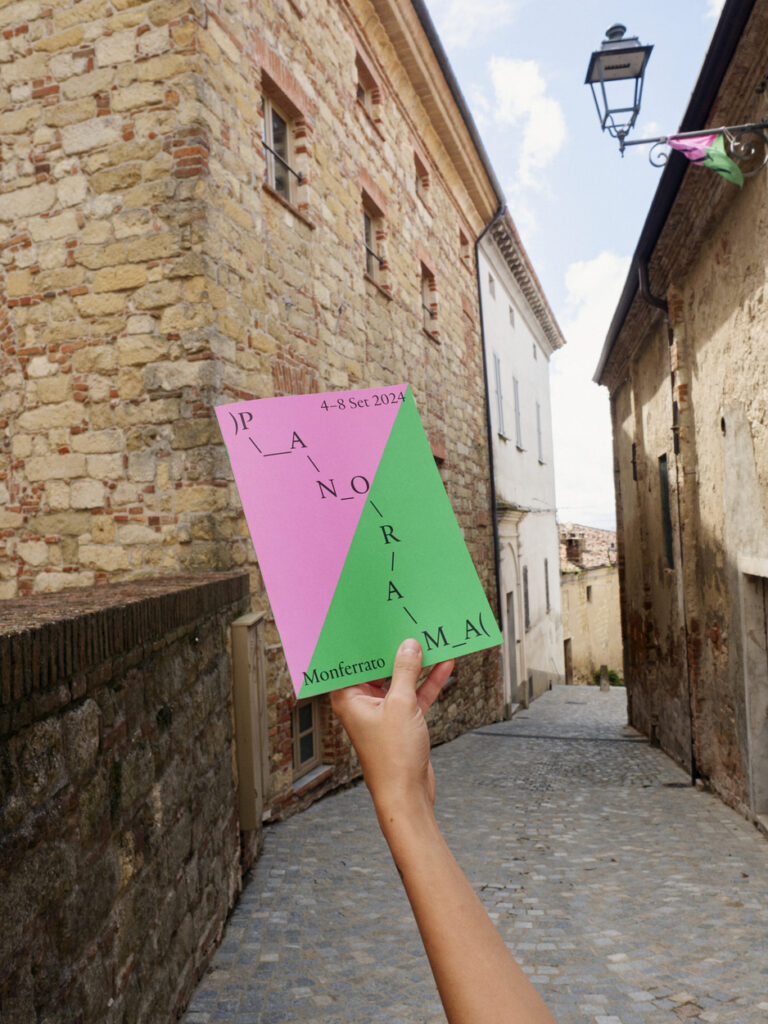
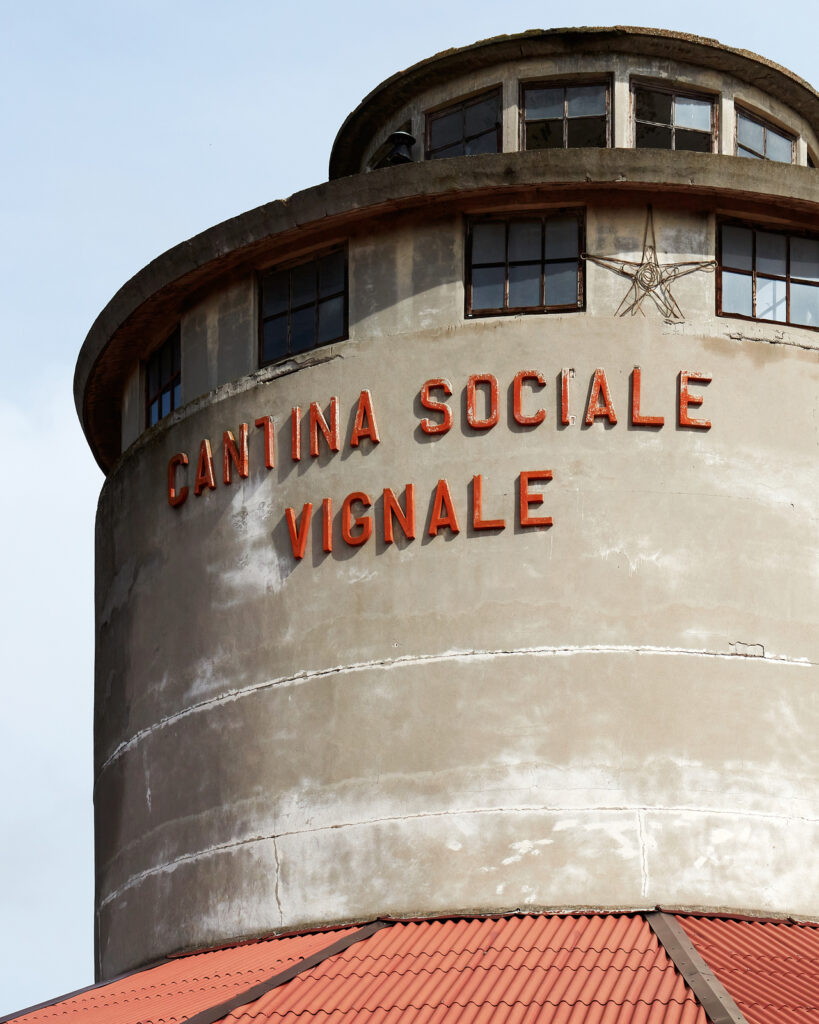
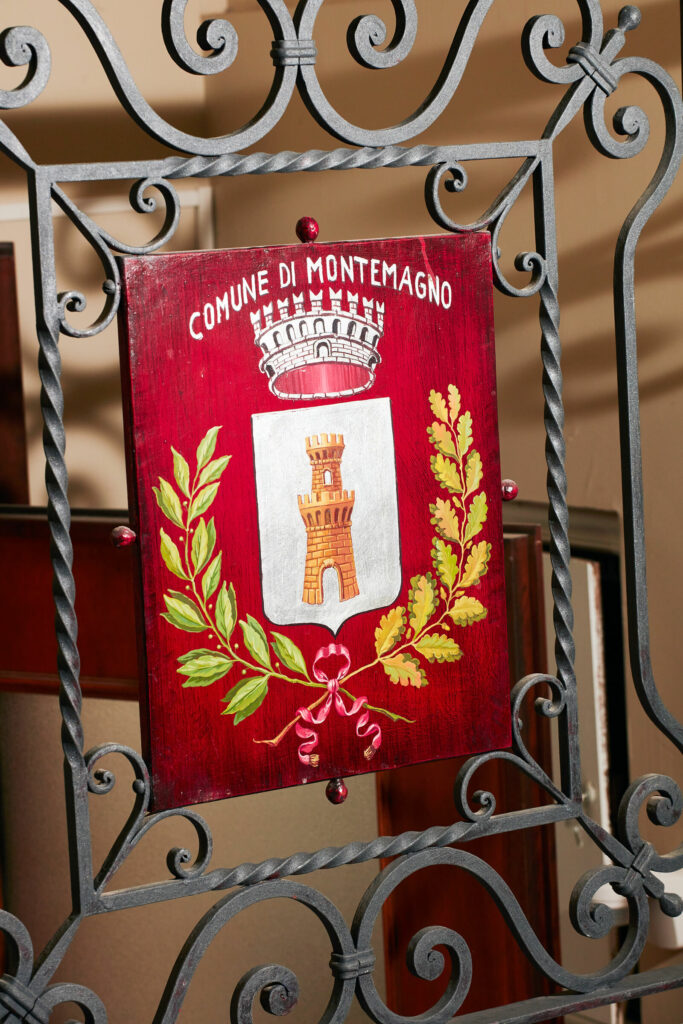
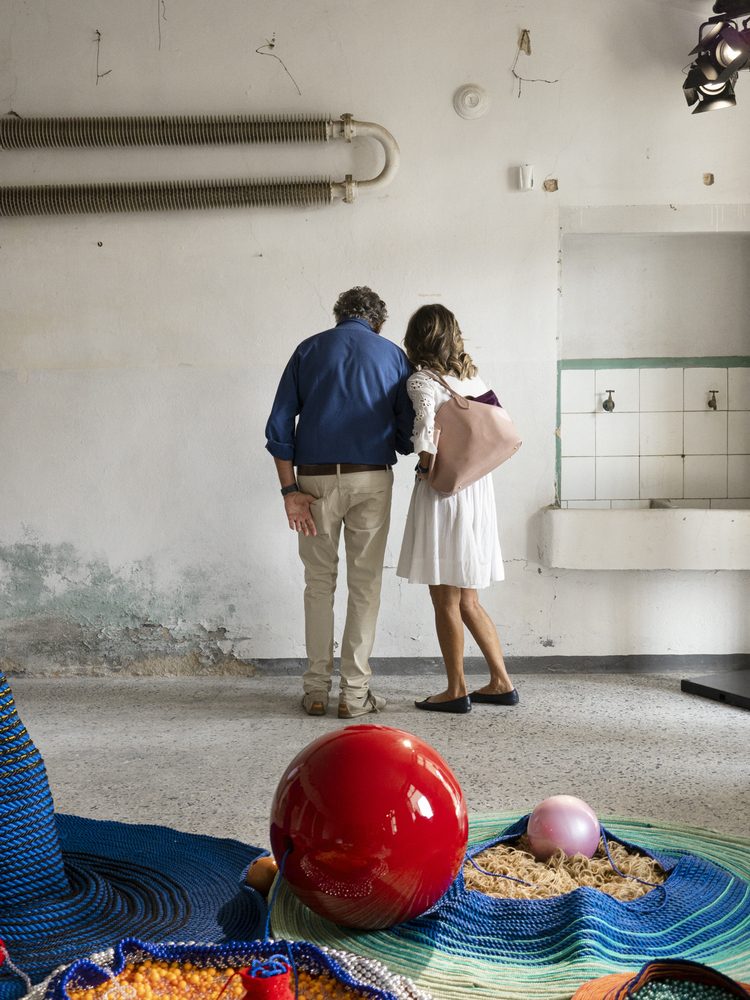

In Montemagno, the theme “Transience and death” demonstrates how, since the Renaissance, awareness of death has had a constant presence in the representation of initiatory journeys. Instead, in Castagnole, the theme “Sacredness of art, even secular art”, exalts the possibility of estrangement from everyday life in favour of contemplation.
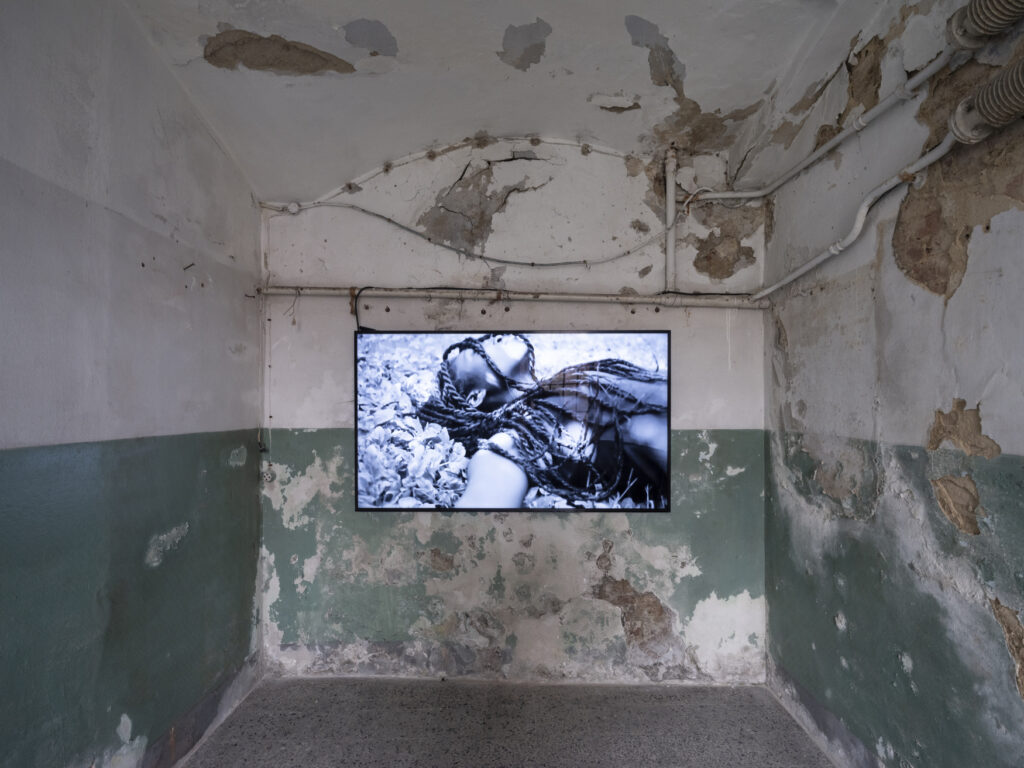
From the Ex Cottolengo to Palazzo Comunale in Camagna, from Palazzo Callori to the Chiesa dei Battuti in Vignale, from the Castle to the Voltoni Scalea Barocca in Montemagno, from the Chiesa dell’Annunziata Casa della Maestra to the Ex Asilo Regina Elena in Castagnole. 16 venues that bring together the contribution of 62 ITALICS galleries and 63 artists whose works, ranging from painting to sculpture and from installation to video-art, offer a cross-section of art history from the 2nd century A.D. to the present day.
Panorama Off
The programme is enriched by an itinerary that goes beyond its confines, to offer advice and discover places of culture and landscape, sites, museums, events.
These include the Cathedral of Sant’Evasio, Cantoni Stone Quarries, and the cycle of mosaics by Gino Severini in the province of Alessandria. Furthermore, the Church of Saints Nazario and Celso, the Abbey of S. Maria di Vezzolano, the Underground Cathedrals and the wineries in the province of Asti.
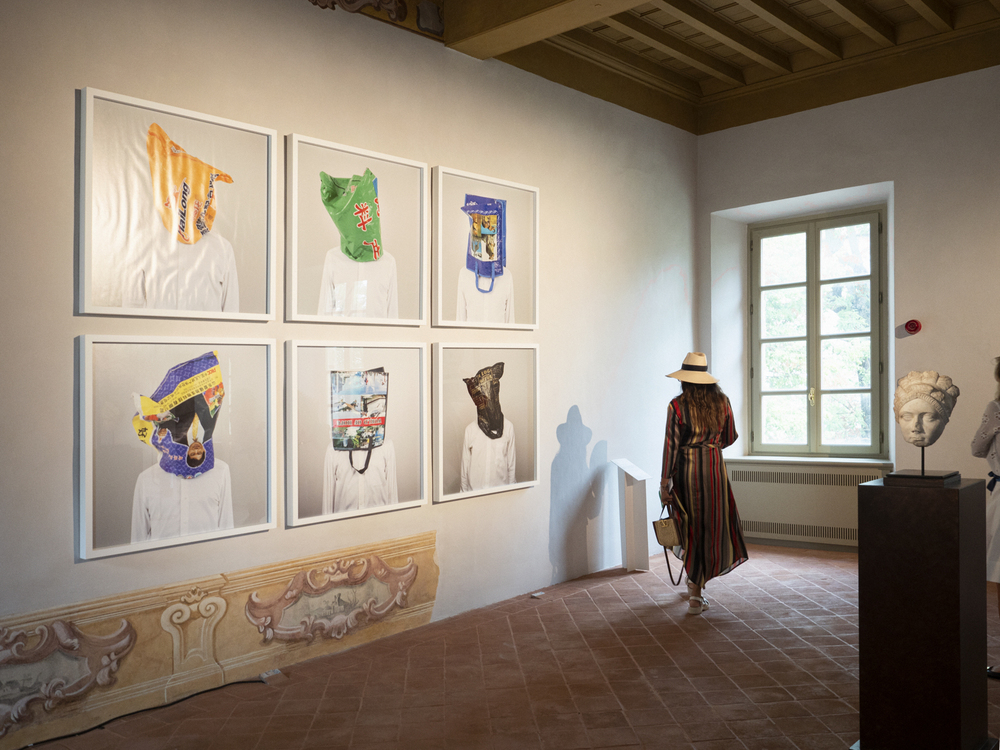
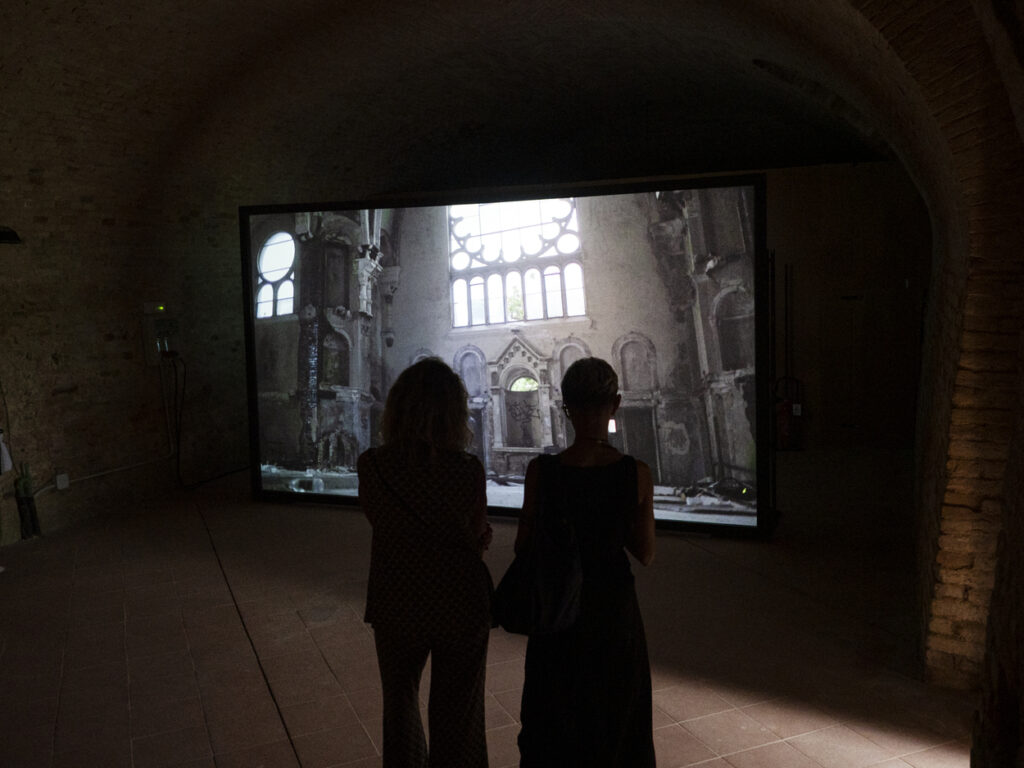
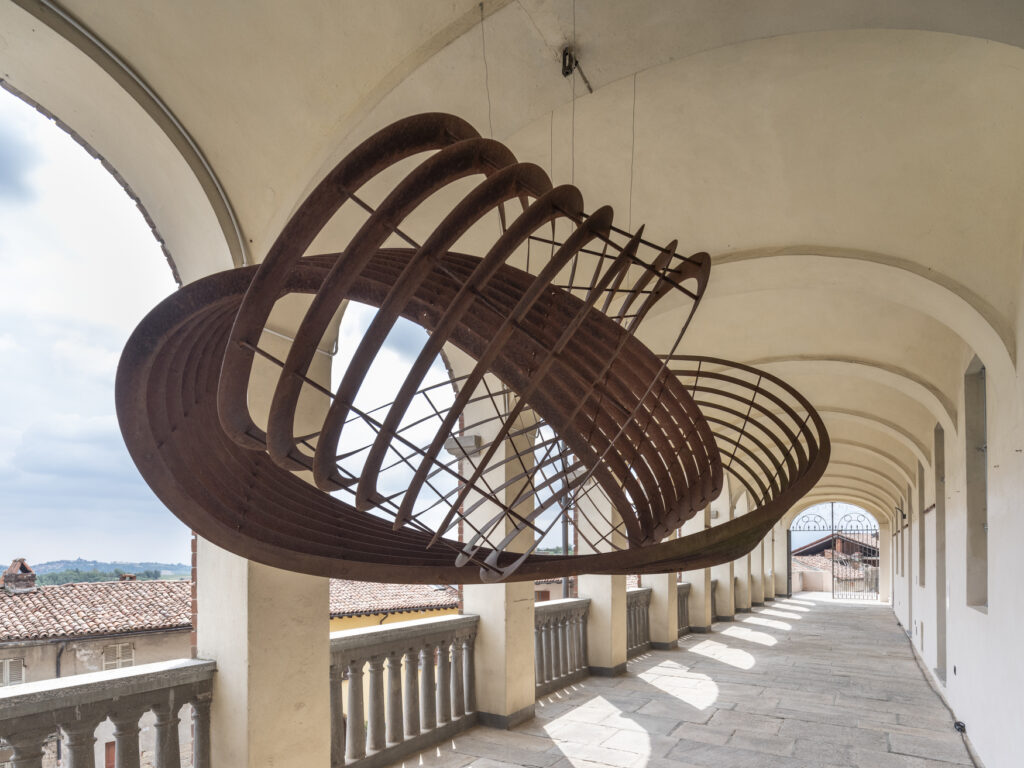
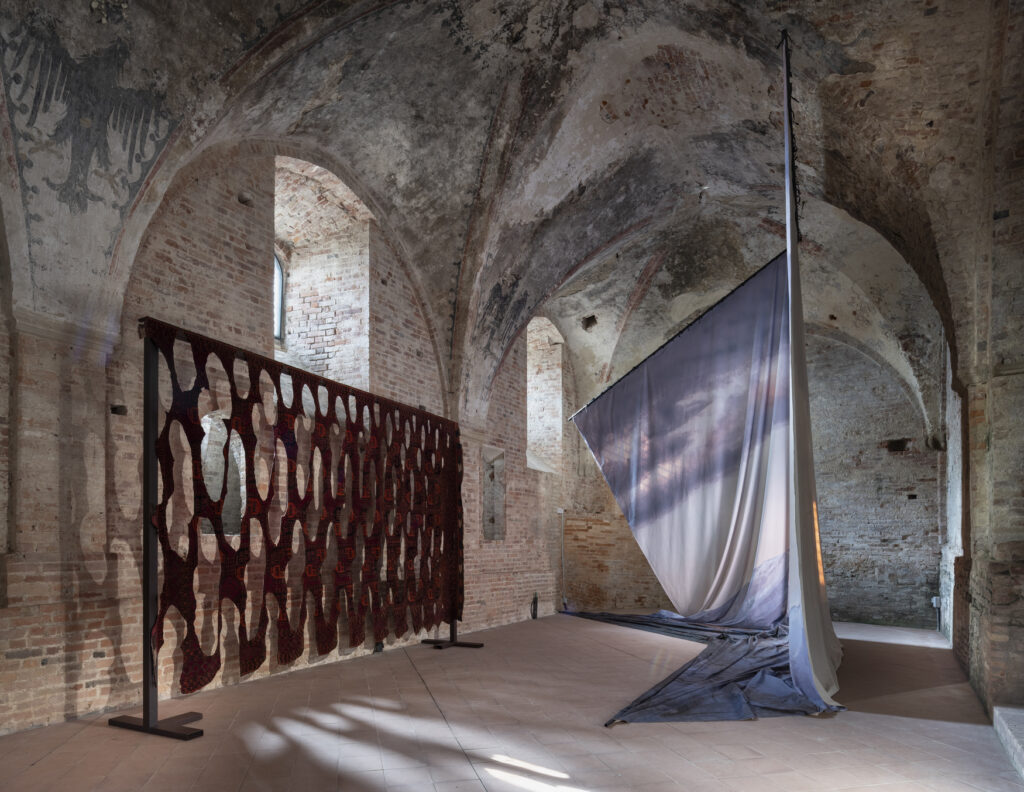
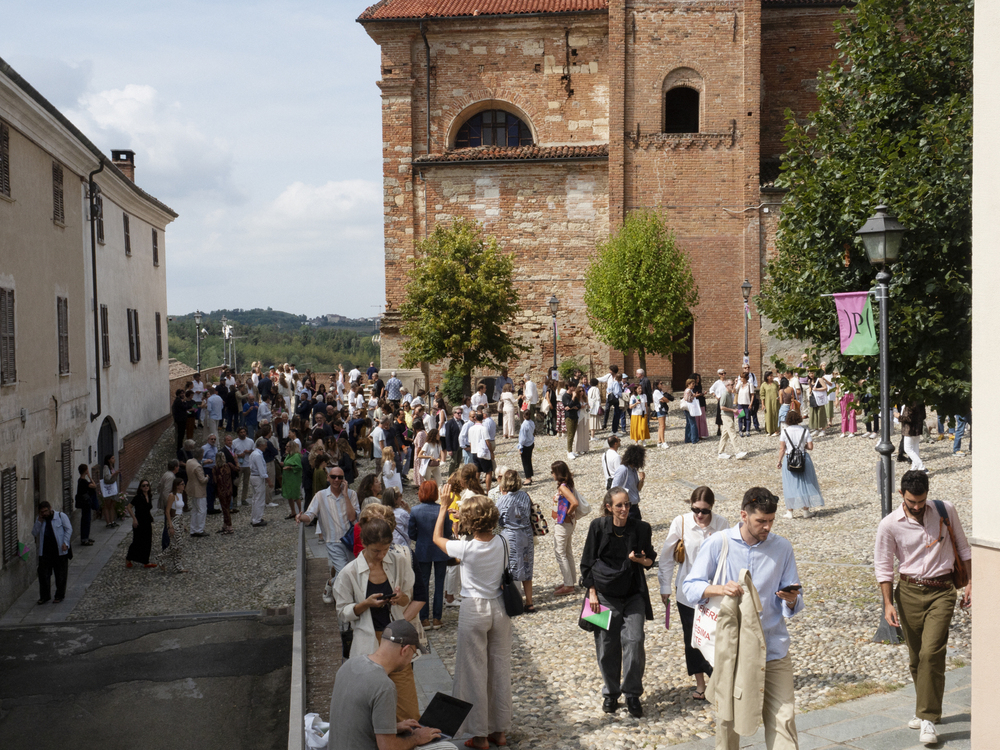
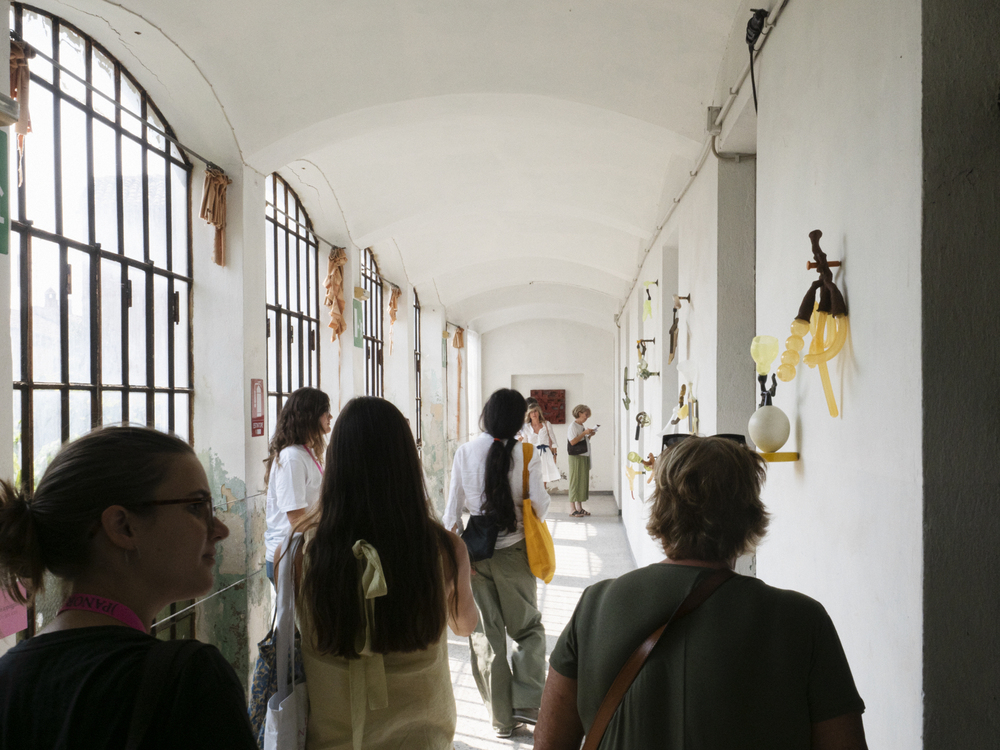
Panorama is a cultural and artistic project conceived and promoted by ITALICS with a view to collaborating with the territories involved. It is a symbol of a commitment that intends to expand progressively into a programme and a network of alliances. The idea is to reaffirm the centrality and role of art galleries in a cultural system, both local and global, that is constantly evolving.
Immagini courtesy Italics – Photo ©LouisDeBelle, ©Cosmo Laera, ©Giorgio Salimeni

